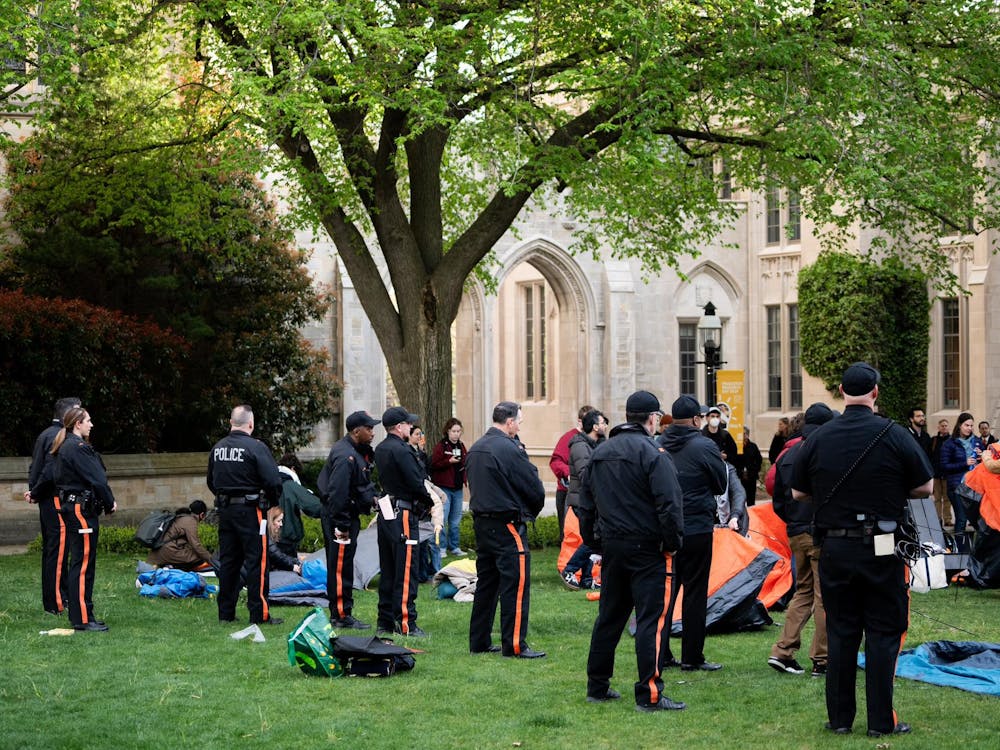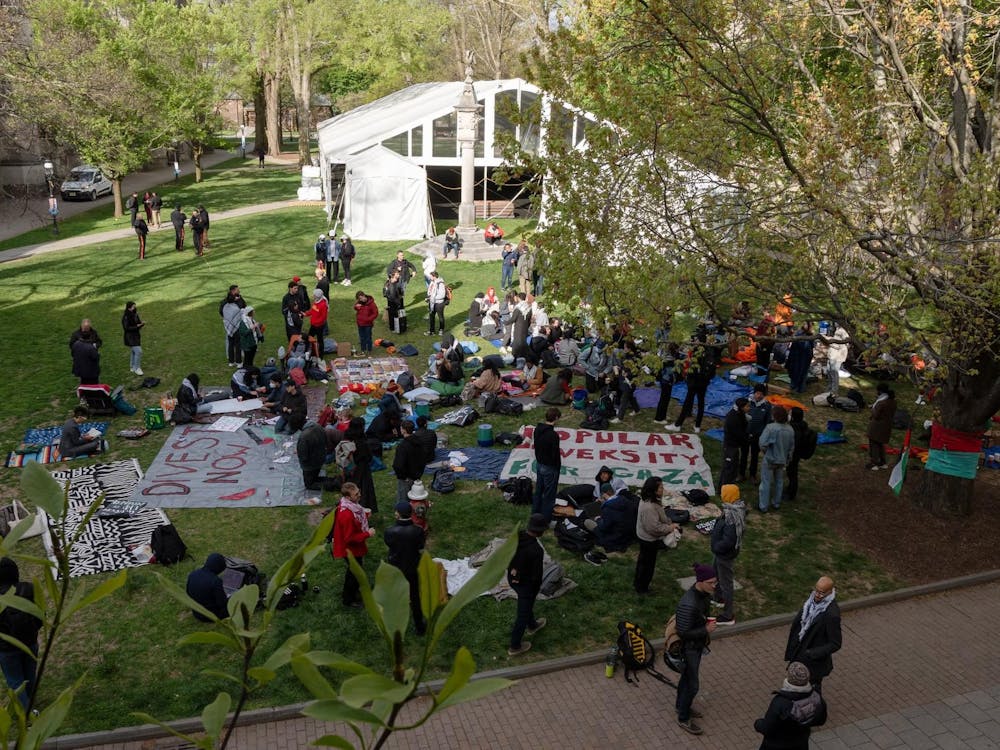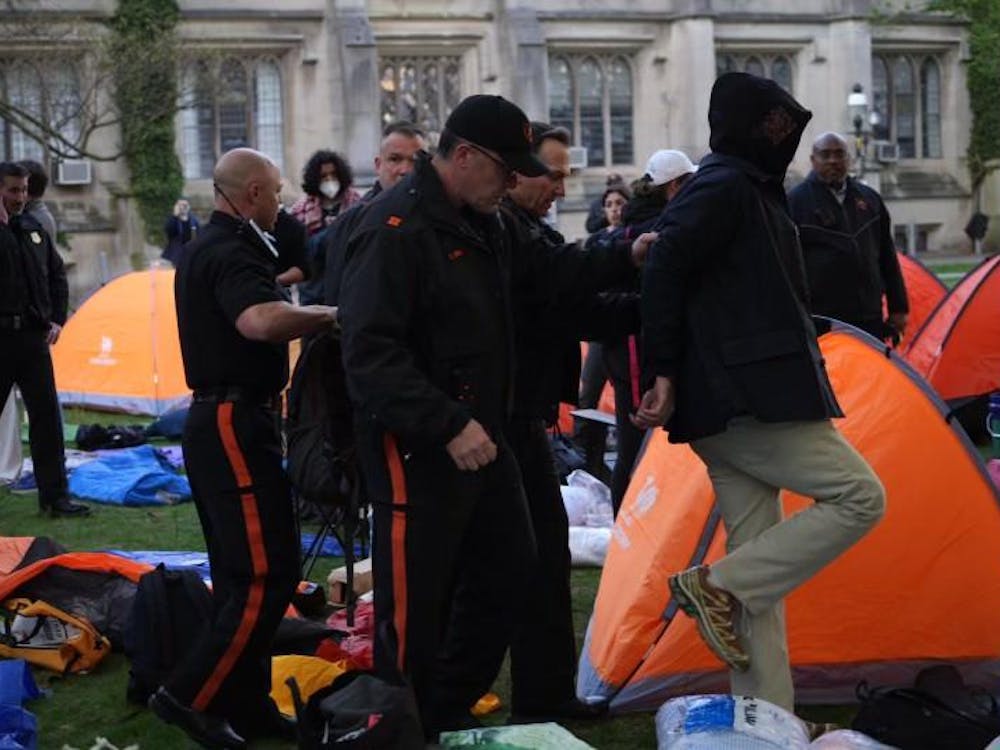According to a recent study conducted by the National Science Foundation, the number of international students residing in the United States and studying with student visas declined by 2.2 percent at the undergraduate level and 5.5 percent at the graduate level from 2016 to 2017.
A more detailed look at the data reveals that within science and engineering fields, the number of international undergraduate students actually increased by 0.2 percent, while the number of international graduate students decreased by 6.0 percent. Within non-science and non-engineering fields, the number of international undergraduate students decreased by 3.8 percent, and the number of international graduate students decreased by 4.6 percent.
This overall decline is a recent trend that appeared after years of steady growth in international student enrollment, which may reflect widespread and newfound apprehension of the current political climate and immigration policies under the Trump administration.
In 2015, international students comprised 36 percent of all science and engineering graduate students in the United States and received over 50 percent of all doctoral degrees awarded in scientific and engineering disciplines. Given these fields’ reliance on robust numbers of international students, continued decline could result in adverse consequences for U.S. education and academia.
In a companion study conducted by the Institute of International Education, individual universities reported inconsistencies in the overall decline in enrollment rate for the 2017–18 academic year. Forty-five percent of universities reported declines in the number of international students, while 31 percent reported increases and 24 percent reported no changes at all.
The universities listed in the study cited the American political scene, the high cost of education in the United States, complications with visas, and revisions in other countries’ international study scholarship programs as potential contributors to the decline. For example, the number of students from Saudi Arabia, a country whose scholarship programs have undergone significant changes, fell by 18 percent. In previous years, Saudi Arabia sent the second highest number of science and engineering undergraduate students to the United States.
At the University, the number of international students has been growing steadily over the past few years. During the 2015–16 school year, there was a total of 1,831 international undergraduate and graduate students studying at the University, whereas during the 2016–17 school year, there was a total of 1,884 international students on campus — a seven percent increase in the number of undergraduate students and a 15 percent increase in the number of graduate students.
The top five countries from which the University receives its international students are China, Canada, India, the United Kingdom, and South Korea, whereas the nationwide trend shows the most students coming from China, India, Saudi Arabia, South Korea, and Canada.
“[O]verall, we have students from more than 100 countries,” said Jacqueline Leighton, the Davis International Center Director, in an email.
When asked about what draws such a broad body of international students to Princeton, Leighton responded, “The reasons are likely as diverse as our international population . . . . They likely choose Princeton for many of the reasons that Americans do — among them academics, student life, and rankings. Princeton is one of the few institutions that offers need-blind financial aid to international students.”
Leighton also cited a study conducted by the Open Doors Report, which stated that contrary to national trends, “highly selective universities like Princeton [have] experienced a growth in international student enrollment.”
“In the Davis International Center, we are committed to providing programs and services that contribute to the success and well-being of our international students,” added Davis. “To that end, we provide advocacy, immigration services, orientations, and adjustment and enrichment programs. We are heartened by the support of the University administration whose trust enables us to welcome and nurture international students as they contribute to the rich diversity at Princeton.”









